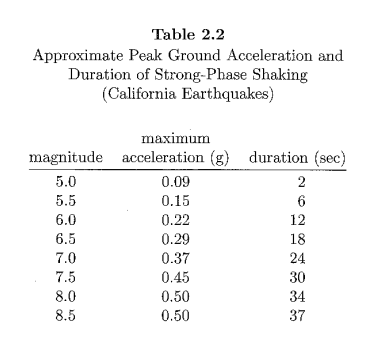wisecrack343
Structural
What determines the magnitude of earthquake is used when coming up with earthquake loads? Obviously this varies with region, but is there a table that the design magnitude is pulled from or is there some chart that connects spectral acceleration to magnitudes? I'm trying to connect the values given on the USGS reports with something more widely understood such as "Magnitude 7" or something similar (not that the general public understands that much better, it just helps give some sort of frame of reference).

